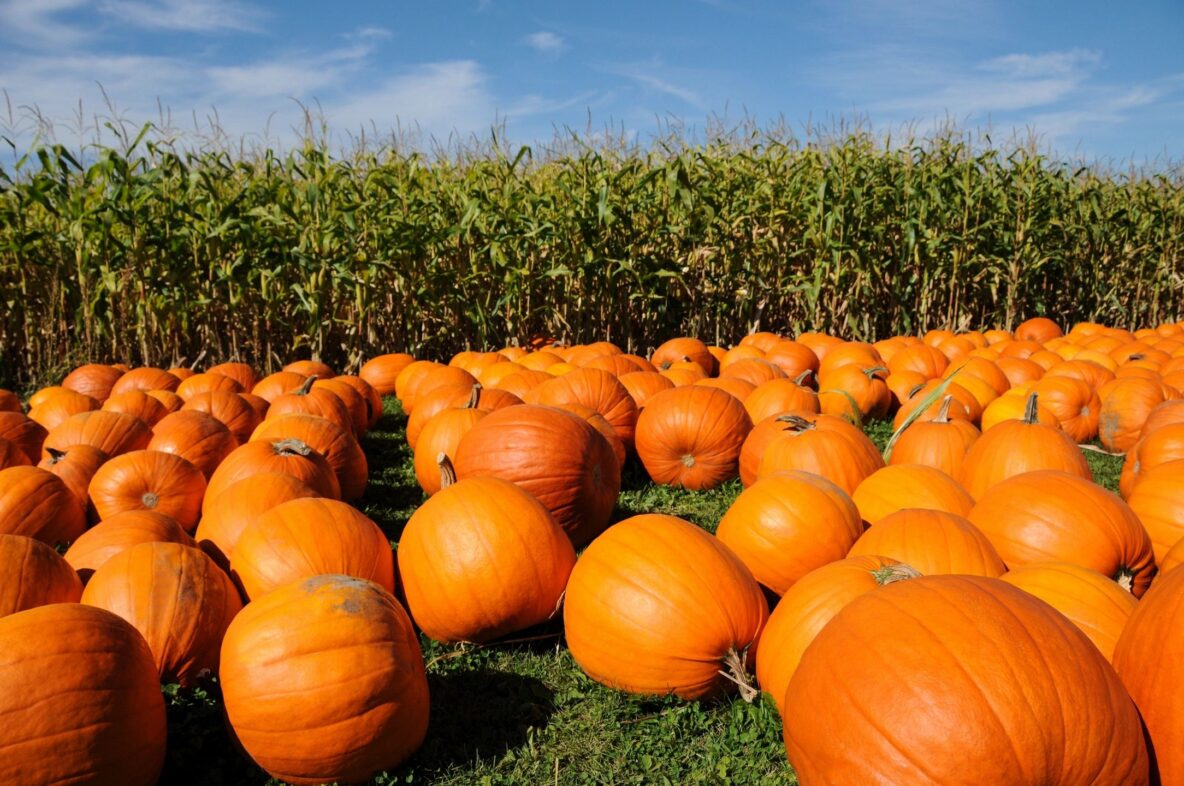Preparing for Halloween? Here’s one trick to help you ensure that any plumbers that show up on your doorstep are actually costumed kids seeking treats!
Halloween is a sticky time for plumbing and drain cleaning companies like Roto-Rooter. Americans carve millions of pumpkins every year, keeping a 19th century tradition alive. Unfortunately, it’s not a tradition that bodes well for some modern technologies… like your garbage disposal.
Every year, Roto-Rooter plumbers field countless calls from eager carvers who have disposed of pumpkin pulp and seeds down the garbage disposal, only to end up with a truly terrifying drain clog. Pumpkin pulp is slimy when it’s wet, making it seem like a good candidate for tossing down the disposal. But when it goes down the drain and begins to dry, it becomes sticky – like glue! It will gum up a garbage disposal and stick to the inside walls of drainpipes where it quickly builds into a clog that will put an abrupt end to any holiday party. The toilet isn’t a viable option either—you’ll find yourself with the same clog, plus the added horror factor of a potentially overflowing toilet.
Pumpkin pulp clogs are especially challenging for typical homeowners to fix, since liquid drain cleaners won’t have much effect. Once the pulp is stick to pipe walls, it’s almost impossible to remove without mechanical intervention like a Roto-Rooter drain cleaning machine, which literally cuts and scrapes its way through the clog.
To prevent Halloween drain disasters, Roto-Rooter suggests carving pumpkins on a bed of newspaper. Then carvers should wrap up the mess and throw all pumpkin-related materials into the garbage can or a compost pile. (Carving pumpkins are generally not recommended for eating, as they don’t have the same flavor as smaller varieties grown for pies.) The seeds can be separated and roasted for a tasty treat or they can be air-dried and planted in the spring after the last frost to grow next year’s Halloween pumpkin.


